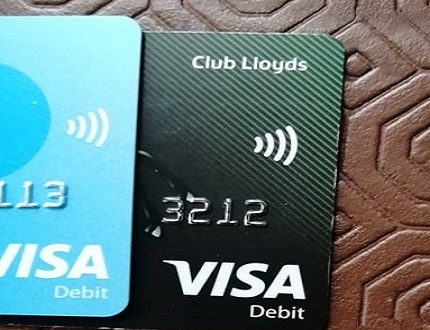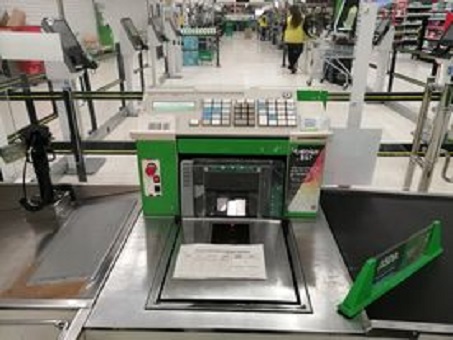Contactless card payments and a million for Tesco!

Tesco told their cashiers that one second per transaction at checkouts was worth £1m a year to the company!
This is confirmed by calculations by Logile. They calculated that there are five and a half seconds of unproductive time spent, for example, greeting and thanking a customer. For a chain of 200 medium sized supermarkets, saving one second would be worth around £220,000 a year, which bears out Tesco’s calculation.
Contactless card payments, so much faster than chip and pin, have obvious benefits to shops and supermarkets.
Customers also appreciate a faster checkout experience.
Cashiers tell us of customers being so used to contactless card payments now that they have forgotten their pin numbers, or expressing annoyance when their spend comes in at just above the £45 contactless limit.
“Tapping” their card is much quicker than entering a pin number, but the approval process following that takes about the same length of time. Customers don’t all realise that, and some are impatiently asking for receipts before the payment is complete. Others simply tap their cards and walk off!
According to Government figures, over one quarter of transactions are now made through contactless card payments. Four years ago, it was just 7%. The rise has been driven by the wish to avoid handling bank notes during the pandemic (though there is no actual evidence of COVID being spread through handling notes), and the wish to avoid entering a pin number by hand.
There are over 135m contactless cards in circulation now – representing 88% of debit cards and 81%of credit cards according to sumup.
The growth has been sustained by the fact that contactless payments are quicker and more convenient.
Is contactless secure?
Concerns have been expressed about potential fraud, especially through stolen cards. In fact, according to Which!, the fraud rate is very low at about 2p per £100 spent. Payment is transmitted by radio waves when the card is close to the reader. The information is encrypted, and the device is much harder to clone than the old magnetic stripe system.
The EU limited contactless card payments to £45. Now that the UK has left the EU, the Government is raiseing the limit to £100.
The EU directive said that a pin number should be required when the cumulative spend reaches £130 (the UK Government has raised this to £300), or after five consecutive contactless payments.
Very often, when the need arises to enter the pin, the cashiers till display may read “transaction declined”, giving the impression that payment was refused because of a lack of funds, when all that is needed is to revert to chip and pin for the transaction, after which contactless card payments can be resumed.
Because of the security built into the system sumup are saying that for fraudsters, contactless is a high risk low reward crime, which deters fraudsters from attempting it.
Contactless card payments by phone or smartwatch are exempt from these limits. Most phone payments have additional security arrangements, such as fingerprint recognition.

